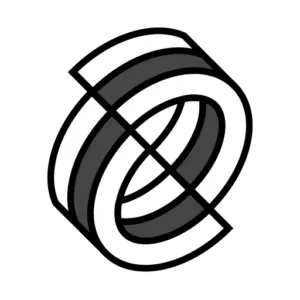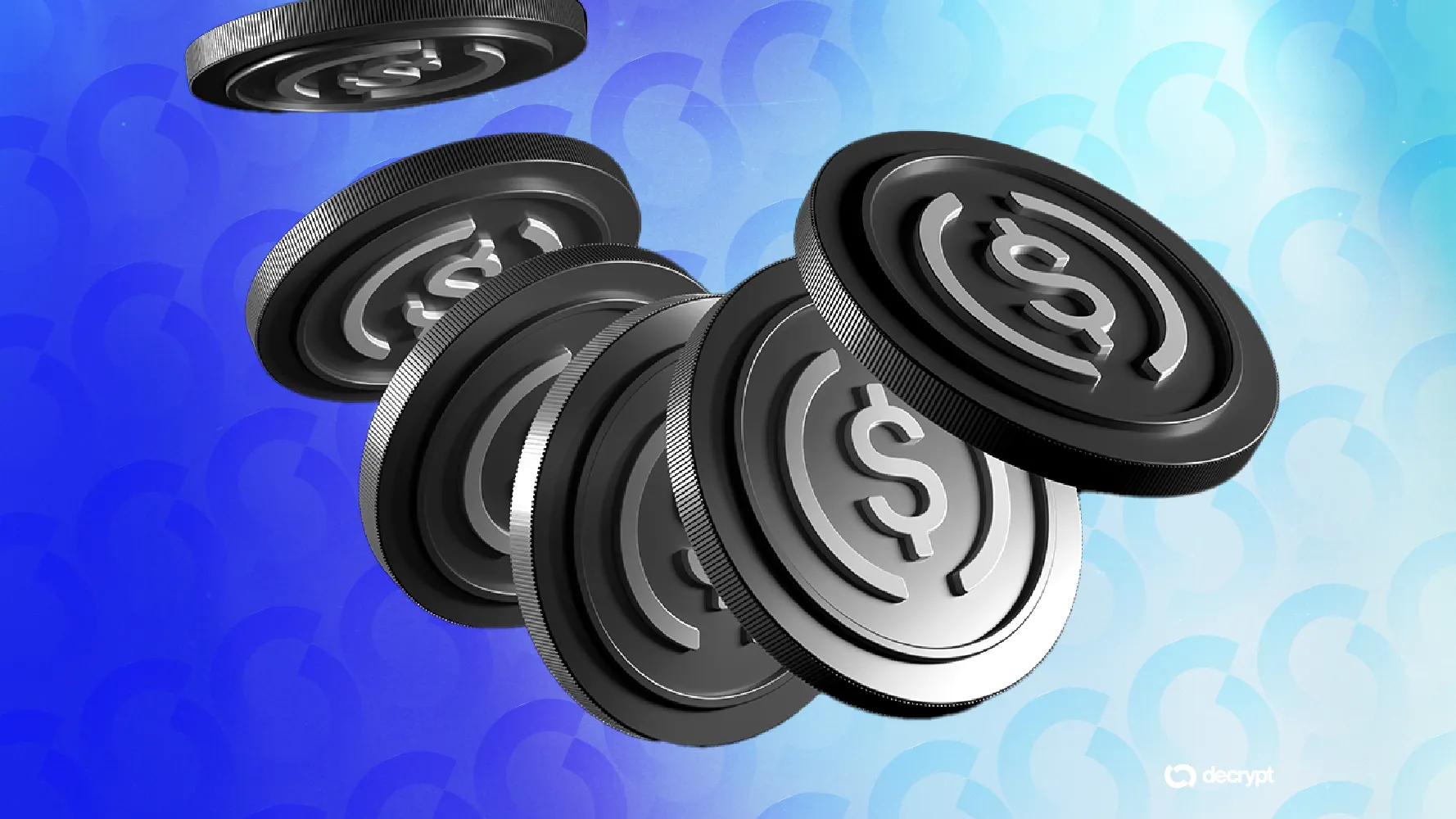In brief
- Circle launched the public testnet for Arc, its Layer-1 blockchain network, with participation from over 100 companies including BlackRock, Visa, Goldman Sachs, AWS, and major crypto exchanges like Coinbase and Kraken.
- The blockchain is designed as an "Economic Operating System" featuring dollar-based fees, sub-second transaction finality, and optional privacy for financial applications like lending, capital markets, and global payments.
- Regional stablecoin issuers from Japan, Brazil, and Canada have joined the testnet, with Circle planning to transition Arc toward distributed governance and expanded validator participation long-term.
USDC stablecoin issuer Circle launched the public testnet for its Layer-1 blockchain network Arc Tuesday, with participation from over 100 companies including BlackRock, Visa and Amazon Web Services.
Circle CEO Jeremy Allaire said the project has “remarkable early momentum,” in a press release. “Arc presents the opportunity for every type of company to build on enterprise-grade network infrastructure—advancing a shared vision that a more open, inclusive, and efficient global economic system can be built natively on the internet,” he added.
A testnet is separate blockchain mimicking the main blockchain network and using simulated assets, enabling developers to test new features without risking the security of the live mainnet.
Companies with “billions of users” have participated in the launch, with Wall Street firms and global banks including BNY, Intercontinental Exchange, and State Street joining the Arc testnet.
Wall Street giants already on the platform include BlackRock, Deutsche Bank, Goldman Sachs, HSBC, and Standard Chartered. There are also established tech and payments companies participating, including Amazon Web Services, Cloudflare, Mastercard, and Visa. Several crypto exchanges, including Coinbase, Kraken, and Robinhood, are also taking part in the testnet.
The blockchain network, which Circle bills as an "Economic Operating System" for the internet, aims to bring more economic activity onto blockchain infrastructure with features including predictable dollar-based fees, sub-second transaction finality, and optional privacy configurations.
Circle said its Arc platform is designed to support financial applications including lending, capital markets, foreign exchange, and global payments. The network integrates with Circle's existing platform and enables the use of stablecoins—digital currencies pegged to traditional currencies.
Several regional stablecoin issuers have joined the testnet, including JPYC from Japan, BRLA from Brazil, and QCAD from Canada. Circle, which issues the USDC stablecoin, is working to bring additional dollar and euro stablecoin issuers onto the platform.
While Circle is currently stewarding Arc's development, the company said it plans to transition the network toward distributed governance. The long-term vision includes expanding validator participation and establishing community-driven governance frameworks.

